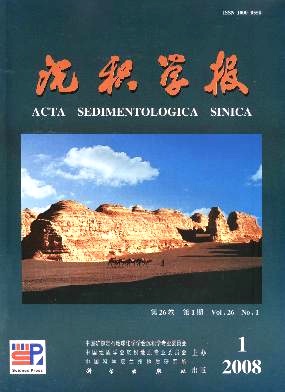Characteristics of the PaleoOil Dolomite REE Geochemistry of Buqu Formation in Southern Part of the Central Uplift Zone of Qiangtang Basin and It’s Significance
- Received Date: 1900-01-01
- Rev Recd Date: 1900-01-01
- Publish Date: 2008-02-10
-
Key words:
- dolomite /
- mixed water replacement /
- REE /
- Qiangtang Basin
Abstract: Based on systematic analysis of lithological composition, microstructure and sedimentary facies, in this paper many discusses have been conducted for the REE characteristics of LongeniAngdanrco paleooil dolomite in southern part of the central uplift zone of Qiangtang basin. The amount of ∑REE in dolomite and concomitant calcite is lower in comparison with other carbonates in China, and is still under the control of sedimentary facies and process. The HREE of dolomite is even more impoverished than LREE compared to concomitant calcite in this area. In distributed patterns, all the carbonates show a complicate model, and the dolomite is even more flat compared to concomitant calcite. For the two typical indexes, the δEu of calcite is higher, and the δCe of dolomite is higher. All these show that REE have been undergoing an impoverished process in dolomitization, and the calcite has been formed in deep water deoxidized environment, the dolomite being formed in shallow water oxidized environment. The dolomite in this area should be the result of mixed water replacement to calcite.
| Citation: | LIU Jianqing. Characteristics of the PaleoOil Dolomite REE Geochemistry of Buqu Formation in Southern Part of the Central Uplift Zone of Qiangtang Basin and It’s Significance[J]. Acta Sedimentologica Sinica, 2008, 26(1): 28-38. |






 DownLoad:
DownLoad: